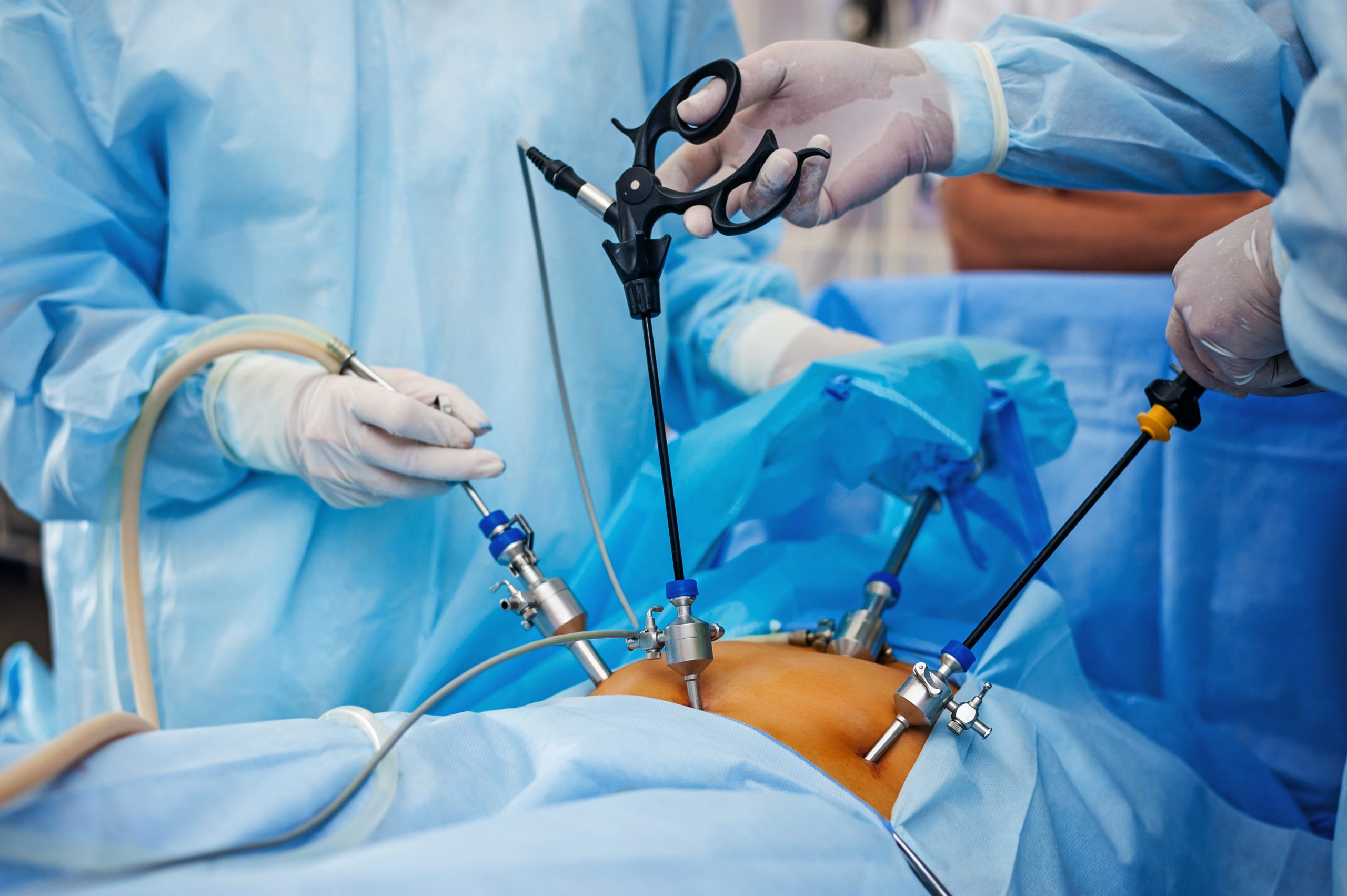Laparoscopic surgery, also known as video laparoscopy or only laparoscopy which is carried out using laparoscopic medical instruments, is a modern surgical procedure and already established to remove the gallbladder, remove the appendix, hiatus hernia correction, among other gastrointestinal or pelvic operations.
Video laparoscopy can also be used in gynecological procedures, such as tubal ligation, the release of adhesions, cysts removal, ovarian biopsy, urinary incontinence surgery, endometriosis surgery, etc.
The Technique Is Minimally Invasive.
One of the significant advantages of laparoscopic surgery is that the technique is minimally invasive. Therefore, it is not aggressive to the patient. The incisions are small, and there is no need to make more significant cuts to access the abdominal cavity.
The Aesthetic Result Is Better Than In Conventional Surgery
Another benefit associated with laparoscopic surgery is the aesthetic issue. The surgery’s apparent signs are minimal; that is, there are no significant marks or scars as in conventional operations. In most cases, the signs become practically imperceptible over time.
The Operation Is Relatively Safe
As long as it is performed by qualified professionals, in well-structured environments, and suitable for surgery, laparoscopy is very safe. The risk of infections, hemorrhages, injuries, and traumas is usually lower than in open surgeries. As internal organs’ exposure is reduced, there is less chance of contamination caused by external agents.
Hospital Discharge Is Faster
The procedure tends to be faster than in conventional surgeries. Hospital discharge too! Video laparoscopy allows the operated patient to return to daily activities early, which is an excellent advantage for those who work outside and need to return quickly to routine.
Laparoscopy Is Multifunctional
The laparoscopy applications are multiple since the technique is not used exclusively for therapeutic purposes, such as removing and repairing diseased organs. It can also be used for diagnostic purposes to identify gastric, urological, and gynecological problems.
It should be added that laparoscopic surgery can be helpful, even in the treatment of neoplasms. People with pancreatic, stomach, and liver cancer, for example, can be submitted to laparoscopy to treat tumors.
The Postoperative Period Is Less Painful
In laparoscopic surgery, the incisions are small and few. This causes less trauma to the abdominal wall, resulting in less pain and discomfort in the postoperative period. Because it is less painful, video laparoscopy generally requires less analgesic medication after the operation, which means greater savings.




